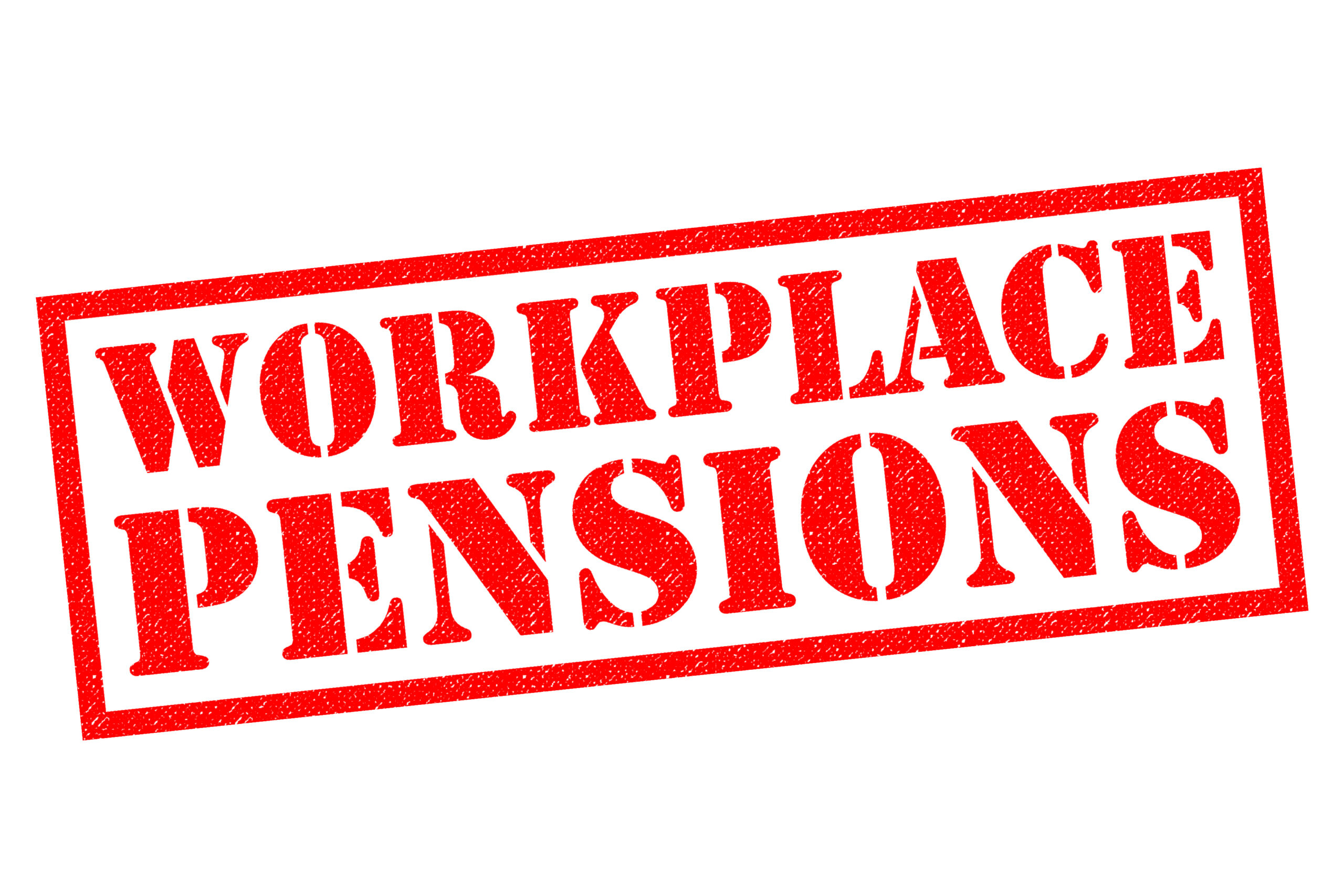
Promised adjustments to pension law are missing a key element: increasing minimum contribution levels
The first King’s Speech of the new parliament in July contained proposals for 40 new bills, covering everything from football governance to cyber security. One familiar item on the list was a Pension Schemes Bill. The government’s briefing notes explained that this Bill would largely deal with administrative matters, such as automatic consolidation of pension pots on employment changes. There was one obvious omission, however, that could do more to improve retirement prospects than any of the Bill’s draft contents: increasing the minimum level of contributions under automatic enrolment.
At present, for an employee aged between 22 and State Pension Age and earning at least £10,000 a year, the minimum contribution is set at 8% (3% employer minimum/balance paid by employee) of annual earnings between £6,240 and £50,270 – an effective maximum of £3,522 a year. The earnings range has been unchanged since 2021/22 and the percentage rate fixed since 2019/20.
Levels too low
There is widespread agreement among pension experts that current contributions are too low to provide an adequate retirement income alongside the State pension. The last government accepted this and introduced legislation giving it powers to reduce both the minimum age and lower level of qualifying earnings. However the law has spent nearly a year on the statute book, unused.
Australia’s version of automatic enrolment has a contribution rate that will rise to 12% of earnings next year, all paid by the employer. The Financial Times recently reported that a group of “eight financial services veterans” had sent a letter to Rachel Reeves recommending that the minimum percentage rate should increase by 1% a year until it reaches 15%.
The Chancellor, like her predecessor, is in a bind on contribution increases. Someone will have to pay, which means annoying employers and/or employees when the impact of recent high inflation is still being felt. Raising contributions also hits the Exchequer’s coffers because of tax relief given to contributors.
Just because the government chooses masterly inaction, you do not have to. If you want a comfortable retirement, talk to us now about how much more you could be putting in your pension.
The value of your investment and the income from it can go down as well as up and you may not get back the full amount you invested. Past performance is not a reliable indicator of future performance.
The Financial Conduct Authority does not regulate tax advice. Tax treatment varies according to individual circumstances and is subject to change.
Occupational pension schemes are regulated by The Pensions Regulator.





